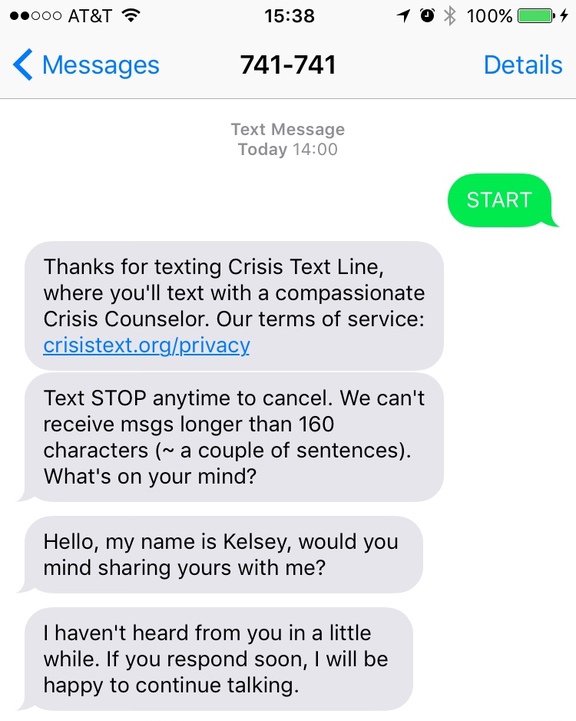Directory by Donelle McKinley: “…Here is just a selection of websites for crowdsourcing cultural heritage. Websites are actively crowdsourcing unless indicated with an asterisk…The directory is organized by the type of crowdsourcing process involved, using the typology for crowdsourcing in the humanities developed by Dunn & Hedges (2012). In their study they explain that, “a process is a sequence of tasks, through which an output is produced by operating on an asset”. For example, the Your Paintings Tagger website is for the process of tagging, which is an editorial task. The assets being tagged are images, and the output of the project is metadata, which makes the images easier to discover, retrieve and curate.
Transcription
Alexander Research Library, Wanganui Library * (NZ) Transcription of index cards from 1840 to 2002.
Ancient Lives*, University of Oxford (UK) Transcription of papyri from Greco-Roman Egypt.
AnnoTate, Tate Britain (UK) Transcription of artists’ diaries, letters and sketchbooks.
Decoding the Civil War, The Huntington Library, Abraham Lincoln Presidential Library and Museum & North Carolina State University (USA). Transcription and decoding of Civil War telegrams from the Thomas T. Eckert Papers.
DIY History, University of Iowa Libraries (USA) Transcription of historical documents.
Emigrant City, New York Public Library (USA) Transcription of handwritten mortgage and bond ledgers from the Emigrant Savings Bank records.
Field Notes of Laurence M. Klauber, San Diego Natural History Museum (USA) Transcription of field notes by the celebrated herpetologist.
Notes from Nature Transcription of natural history museum records.
Measuring the ANZACs, Archives New Zealand and Auckland War Memorial Museum (NZ). Transcription of first-hand accounts of NZ soldiers in WW1.
Old Weather (UK) Transcription of Royal Navy ships logs from the early twentieth century.
Scattered Seeds, Heritage Collections, Dunedin Public Libraries (NZ) Transcription of index cards for Dunedin newspapers 1851-1993
Shakespeare’s World, Folger Shakespeare Library (USA) & Oxford University Press (UK). Transcription of handwritten documents by Shakespeare’s contemporaries. Identification of words that have yet to be recorded in the authoritative Oxford English Dictionary.
Smithsonian Digital Volunteers Transcription Center (USA) Transcription of multiple collections.
Transcribe Bentham, University College London (UK) Transcription of historical manuscripts by philosopher and reformer Jeremy Bentham,
What’s on the menu? New York Public Library (USA) Transcription of historical restaurant menus. …


